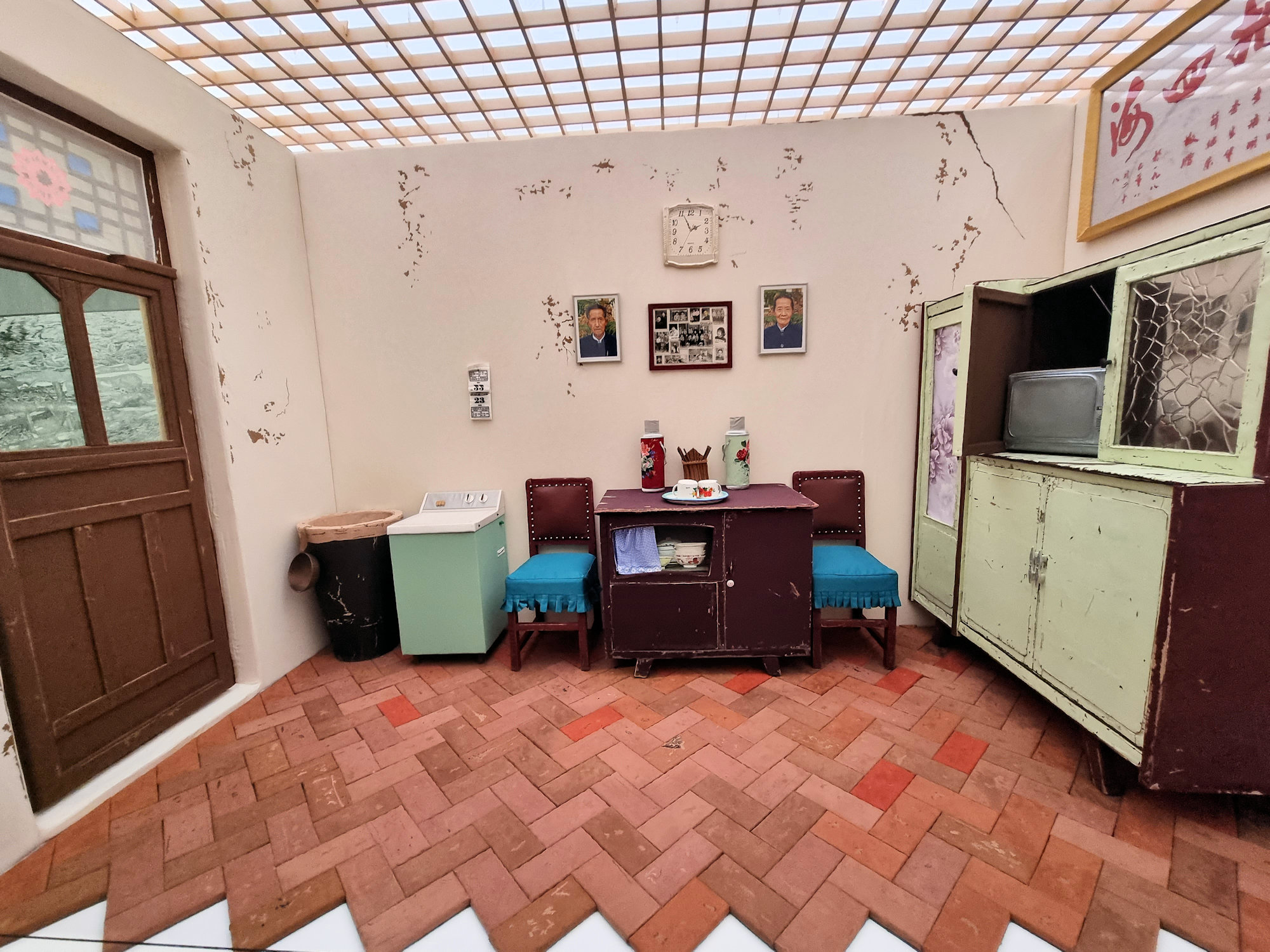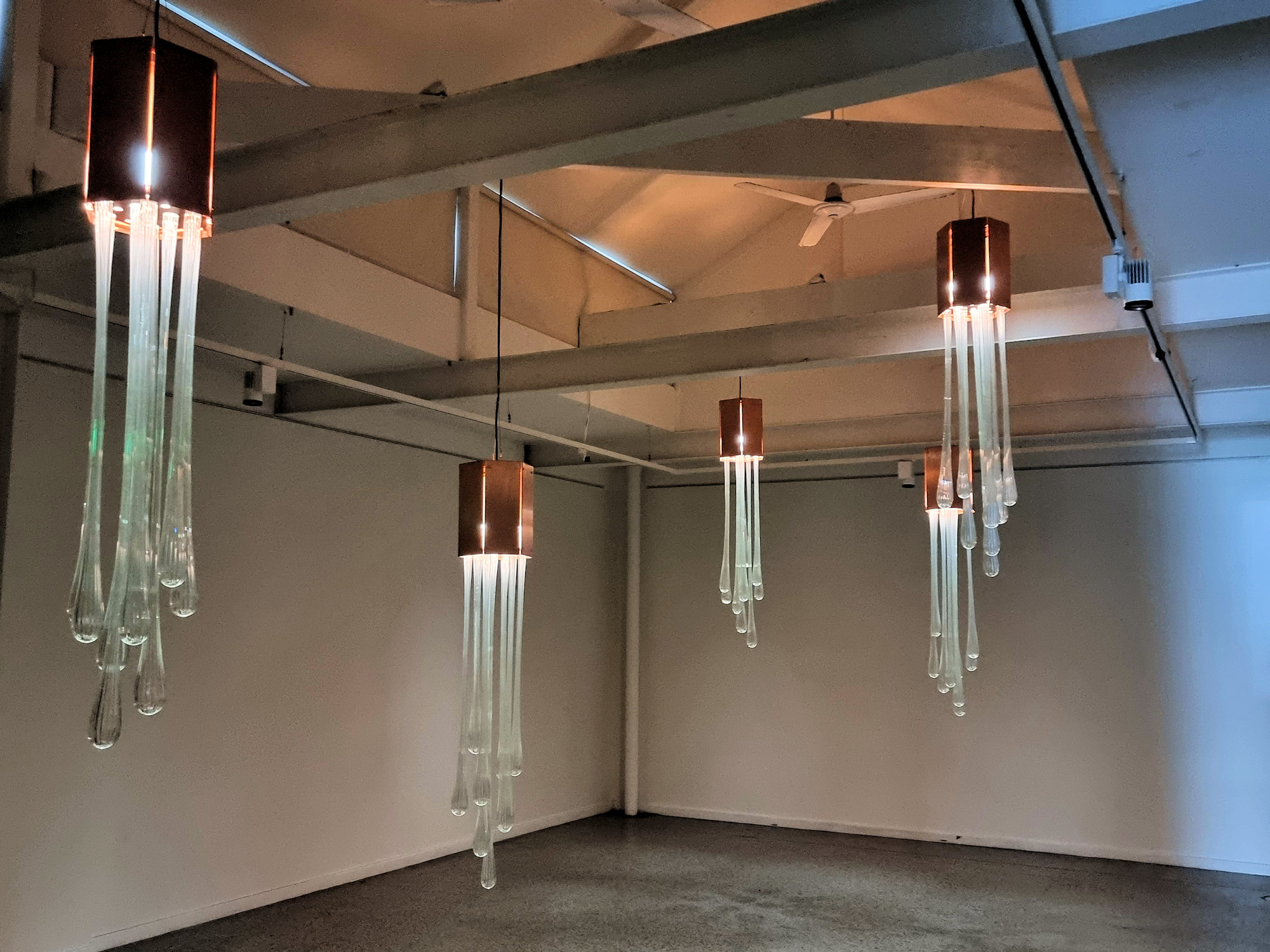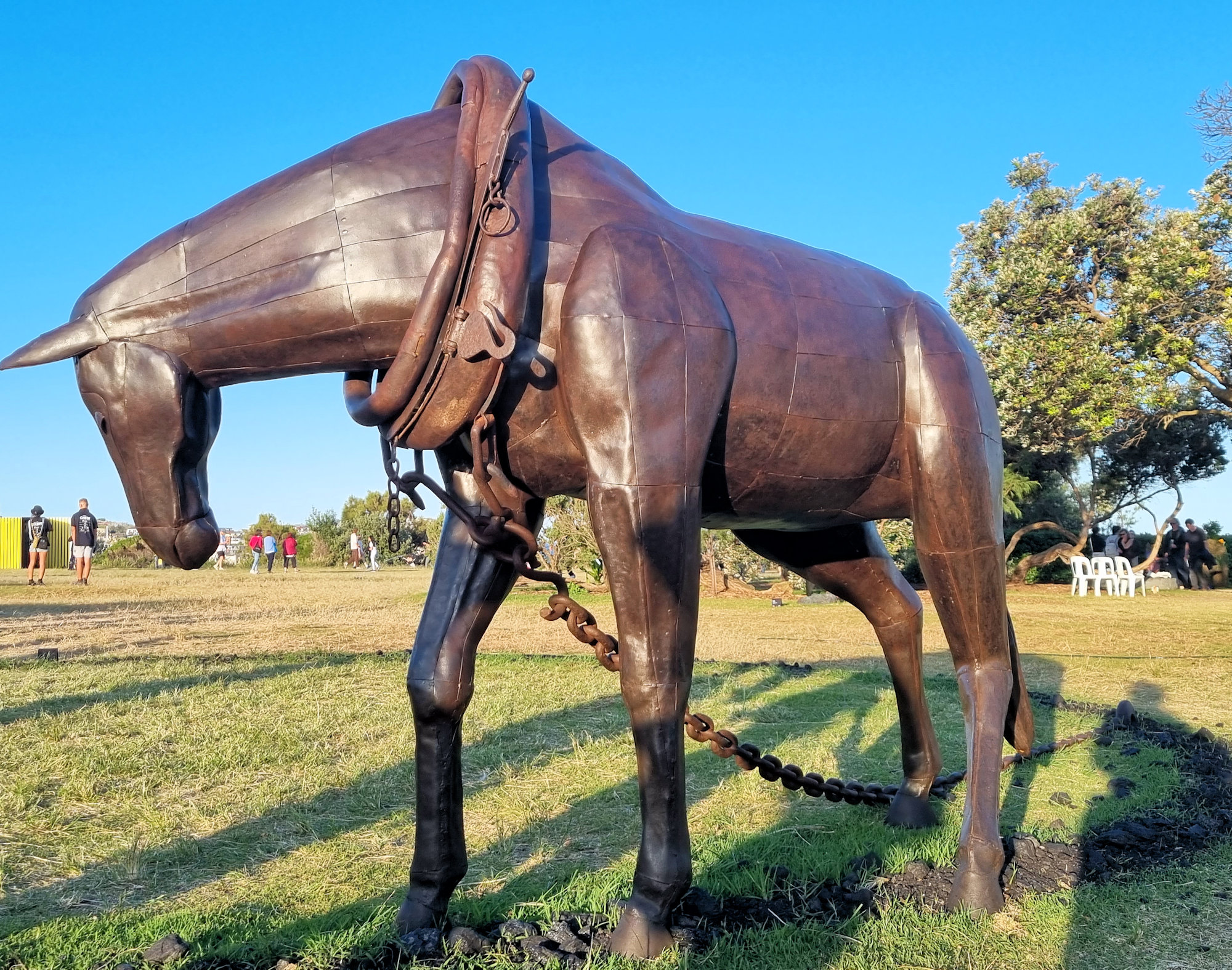Category: Sculpture
-
White Rabbit Gallery 2023

White Rabbit Gallery 2023 Open until 14 May 2023, “Shuo Shu”, at the White Rabbit Gallery in Chippindale, Sydney shows the progression of story telling in China. Using various mediums from traditional paintings and sculptures to video displays it takes you on a journey from 4000 years ago to the present. Opened in 2009, The… Read more
-
The Newcastle Lock-Up 2023

The Newcastle Lock-Up 2023 On display at the Newcastle Lock-Up until 5 February 2023, “Everything was beautiful and nothing hurt” by Alex Seton was specifically made for the cells of the Lock-Up. The title of the show refers to Kurt Vonnegut’s anti-war novel “Slaughterhouse-Five” about the fire bombing of Dresden that dislocates linear time. These… Read more
-
Sculptures by the Sea 2022

Sculptures by the Sea 2022 Held at Bondi Beach, this annual event (with past disruptions due to Covid) attracts sculptors from all over the World. Running from South Bondi Beach to Tamarama Beach, the 2 km walk had over 100 sculptures on display. Sculptures by the Sea 2022 ran from 21 October – 7 November… Read more